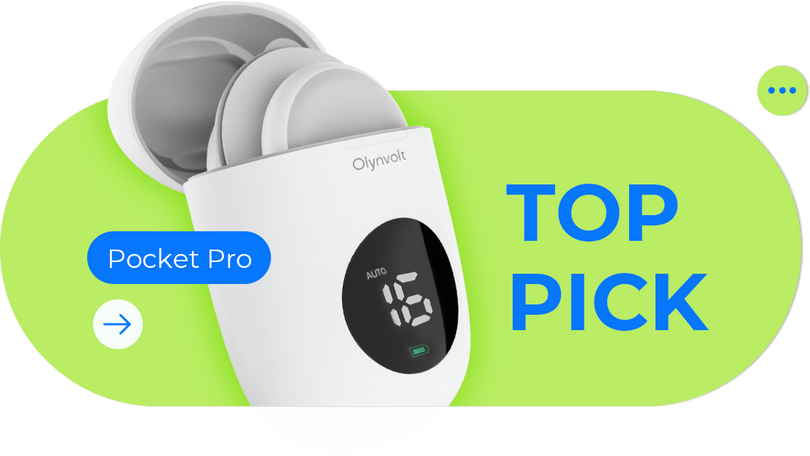Abstract:
Transcutaneous Electrical Nerve Stimulation (TENS) has emerged as a promising therapeutic modality for managing pain and promoting overall well-being. This comprehensive review explores the evolution, mechanisms, and clinical applications of TENS, shedding light on its efficacy, advancements, and potential future directions.
Introduction:
TENS, a non-invasive electroanalgesic technique, involves the application of low-voltage electrical currents to the skin surface, targeting specific nerve pathways to alleviate pain. Over the years, TENS has witnessed significant developments, evolving from a theoretical concept to a widely recognized and utilized therapeutic intervention.
Historical Perspective:
The roots of TENS trace back to ancient civilizations where electric fish were used for pain relief. However, the modern era witnessed the formalization of TENS, with Melzack and Wall's Gate Control Theory providing a theoretical framework in the 1960s. Since then, technological advancements have propelled TENS into a diverse range of applications.
Mechanisms of Action:
TENS operates on several mechanisms, including the Gate Control Theory, endorphin release, and modulation of ascending nociceptive pathways. These mechanisms contribute to the analgesic effects observed in various pain conditions, ranging from acute to chronic.
Clinical Applications:
-
Chronic Pain Management: TENS has demonstrated efficacy in chronic pain conditions, such as osteoarthritis, fibromyalgia, and neuropathic pain. Its non-invasive nature and minimal side effects make it a valuable option for long-term pain management.
-
Postoperative Pain: TENS has shown promise in reducing postoperative pain and opioid consumption, contributing to enhanced recovery after surgery.
-
Musculoskeletal Disorders: TENS is widely used in musculoskeletal disorders, providing relief in conditions like lower back pain, sciatica, and myofascial pain syndromes.
Advancements in TENS Technology:
-
Portable Devices: The development of compact and portable TENS devices, exemplified by products like the Olynvolt Pocket Pro, has transformed TENS therapy into a convenient and accessible modality for at-home use.
-
Wireless Connectivity: Integration of wireless technology eliminates the constraints of cumbersome cables, enhancing the user experience and promoting ease of use.
-
Customization Features: Modern TENS devices offer a range of customization features, allowing users to tailor treatment parameters to their specific needs, ensuring optimal therapeutic outcomes.
Challenges and Considerations:
While TENS holds immense promise, challenges such as optimal electrode placement, individual variability in response, and the need for further standardized protocols warrant careful consideration. Additionally, ongoing research aims to explore the longevity and sustainability of TENS effects over time.
Future Directions:
The future of TENS research lies in refining its mechanisms of action, exploring novel applications, and establishing standardized guidelines for optimal use. Advancements in wearable technology and integration with other therapeutic modalities may pave the way for more comprehensive pain management strategies.
Conclusion:
In conclusion, TENS has evolved from a theoretical concept to a versatile and effective pain management tool. With ongoing technological advancements and a deeper understanding of its mechanisms, TENS continues to play a pivotal role in enhancing the quality of life for individuals dealing with various pain conditions. As we navigate the future, collaboration between researchers, healthcare professionals, and technologists remains paramount in unlocking the full potential of TENS therapy.


